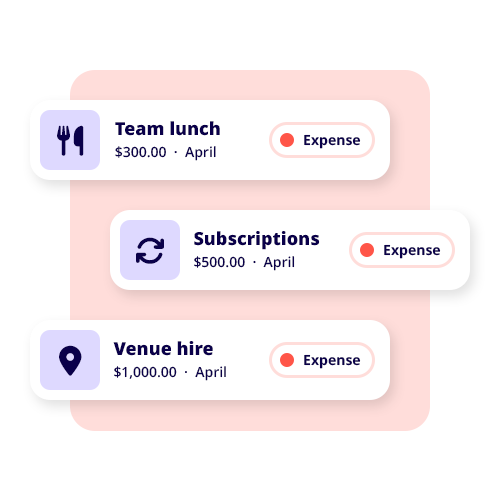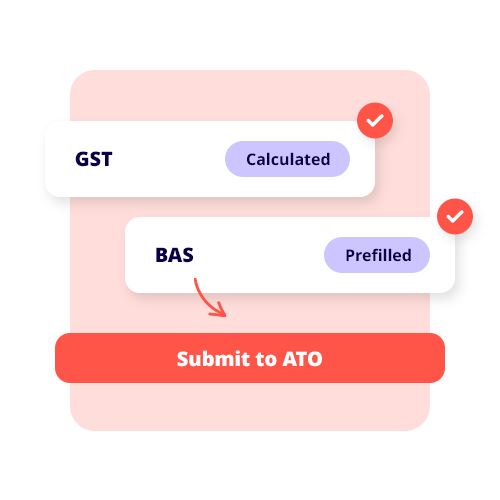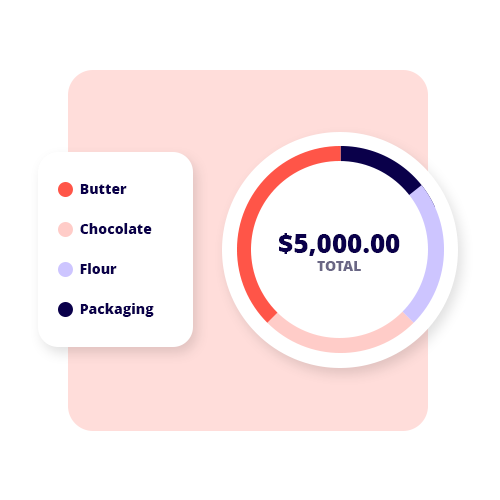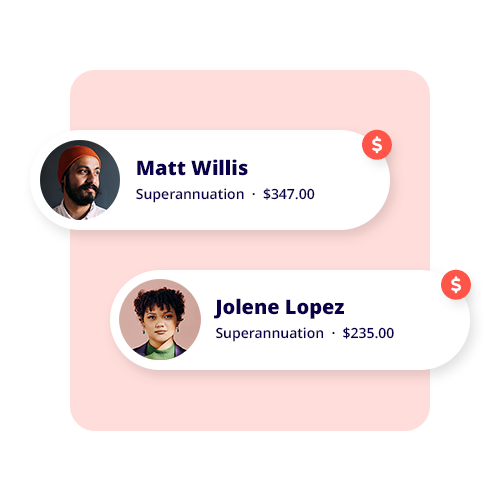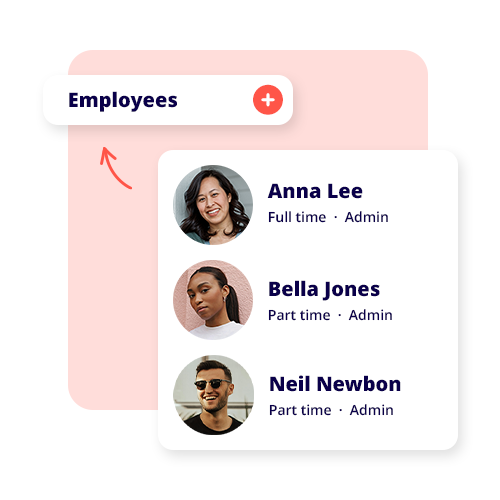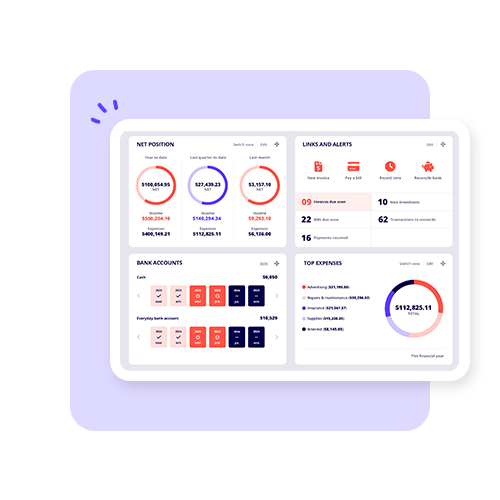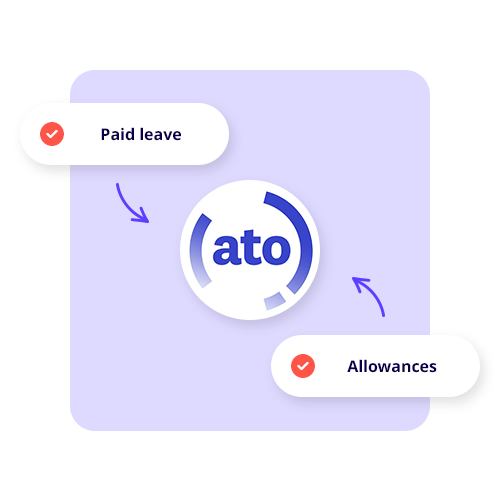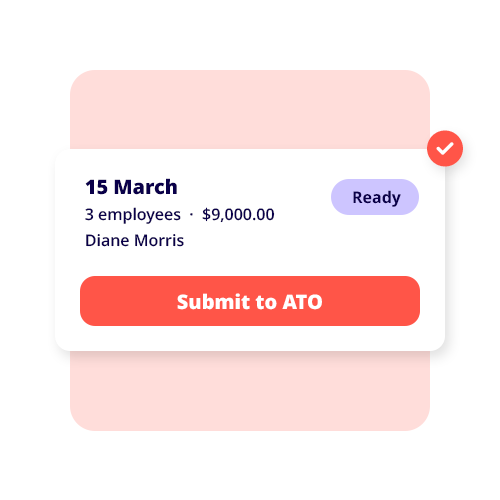A balance sheet is a financial statement that expresses a company’s assets, liabilities, and shareholder equity. A balance sheet will essentially tell you what a business is worth, whether positive or negative in value.
A balance sheet is a crucial accounting principle that allows a business to record and present a snapshot of their financial position in any given period. A balance sheet will show what your business owes, earns, and what value you have in terms of equity.
Balance sheet equation
The usual balance sheet formula, calculation, or equation is as follows:
Assets = Liabilities + Shareholder Equity
As the name suggests, you want this equation to balance. It’s also important to note that if there are no shareholders, this is the business owner’s equity or business value. If you wish to understand what equity or value there is in a business, you can also switch this formula up:
Shareholder Equity = Assets – Liabilities

What’s the point of a balance sheet?
Balance sheets will essentially tell you what you would have left over, as equity, if you sold all of your current assets and settled all of your current liabilities.
A business can also produce a balance sheet to discover, or communicate, a variety of ratios to determine the financial health of a business.
For example, your balance sheet can be used to discover the ‘debt to equity ratio’, ‘asset turnover’, ‘receivables turnover’ and ‘acid test ratio’. There is a large variety of other discoverable metrics that can be found by mapping and balancing assets, liabilities, and equity.
Three financial statements
The balance sheet is one of three primary financial statements. The main three financial statements usually produced by a business are:
· balance sheet
· income statement
· cash flow statement.
See related terms
What are fixed assets?
What is gross profit?
What is a ledger?












